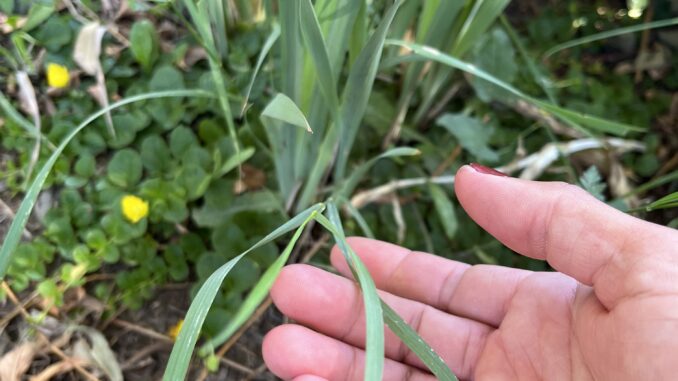

By Shannon Moreau | Fort Collins Nursery
With summer heat come summer weeds. Staying ahead of weeds can be challenging, but don’t give up – these pesky invaders are experts at stealing moisture, nutrients, and light from your precious plants. Here are some tips to make this essential task a little easier.
Brush Up on Your Plant Id
While dandelions and thistles are quite unique in their habit, I often hear about intentional plants ripped up because they look weedy. Fortunately, there are a plethora of ID fact sheets, apps, and resources available if you aren’t sure whether a plant is one you want growing in your garden.
A true weed is a plant that is growing in a place you do not want it. With that notion, many perennials or vegetables can end up being weedy (my family is quite divided on their feelings towards our native yarrow with its aggressive growth habit). Alternatively, traditional weeds (e.g. purslane or other gifted plants from birds) can become beneficial. Determine whether or not that plant is a benefit to your garden or habitat and then plan accordingly.
Getting a Grip
Try to get as much of the entire plant as possible, including the root, by starting at the base of the plant vs the top section. If a particular weed is going to seed you can also cut off the seed head and then remove the rest of the plant later. Many, like curly dock, have deep taproots that make them difficult to pull up. With those, I try to cut out or remove as much of the root as possible or at the very least trim them a couple of times each month. There are many helpful tools you can use, a few that I particularly love having are a dandelion puller, our string trimmer, a set of nice pruners, and my beloved Hori Hori knife. It is also helpful to water several hours before you plan to weed – roots release much more easily from slightly moist soil than from dry hard soil.
Unfortunately, some weeds take repetitive treatment or manual weeding. The best thing you can do is try to incorporate weeding into your normal gardening routine. Short of a scorched earth approach, a combination of regular manual weeding and light use of herbicides works to keep this beast of a weed in check.
Herbicides
With nasty weeds, we often jump immediately to herbicide treatments and hope it will be the last we see of those weeds. Some herbicides are selective, killing only certain types of plants. Others are not selective and need to be applied carefully. To prevent overuse and herbicide resistance, herbicides should be used sparingly as a last line of defense. Start with pulling and/or continually cutting weeds until intentional plants can outcompete them.
That said, herbicides can be an extremely helpful tool when used properly to get control over a weedy garden/yard. Get advice at a local garden center for selecting the best one for the job. Read the entire label, wear proper protective clothing, and do not apply herbicides on windy days to prevent drift.
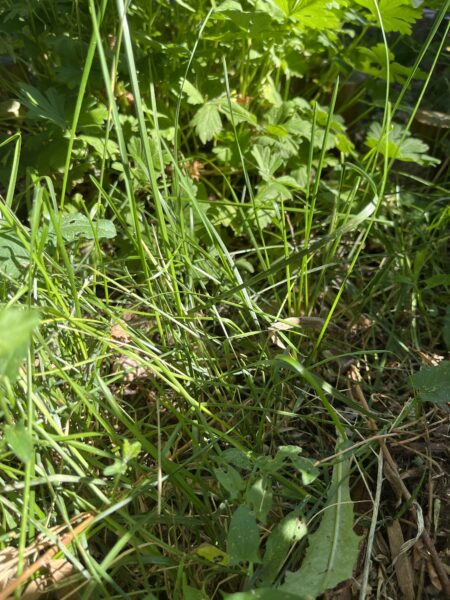
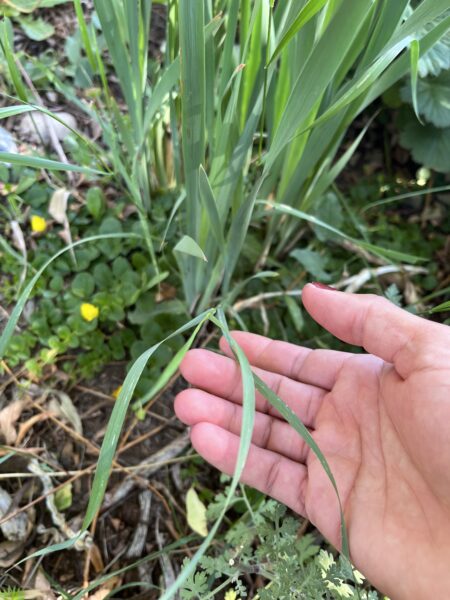
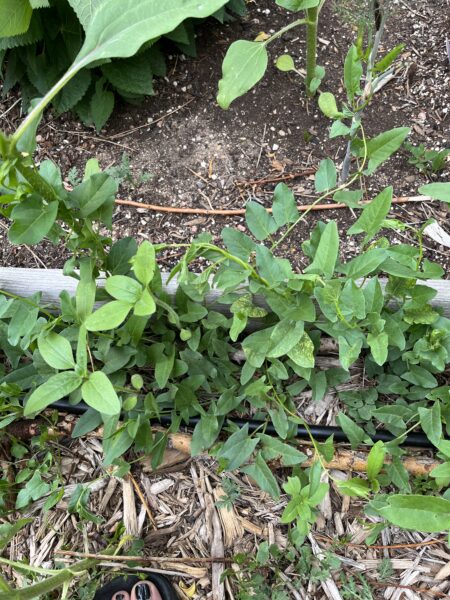
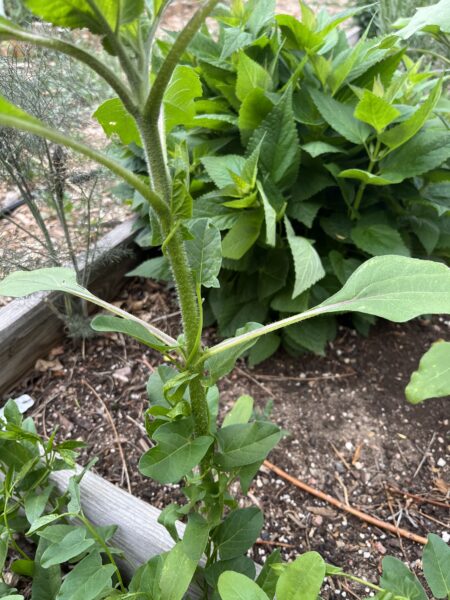
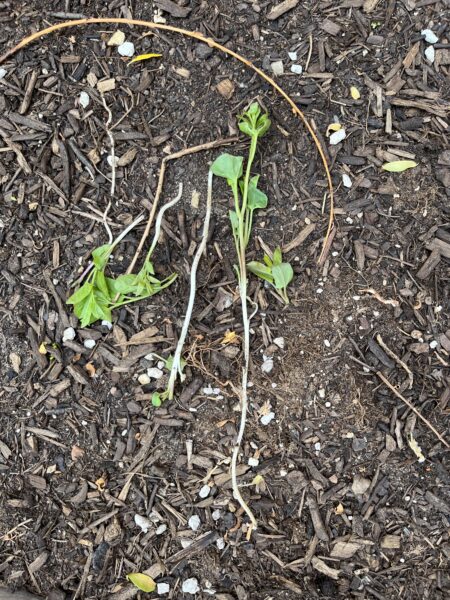
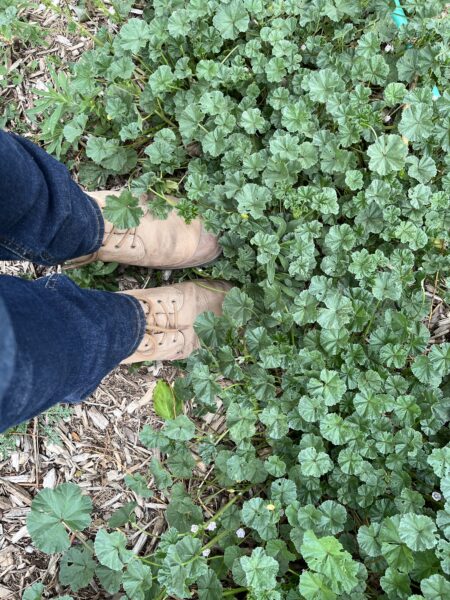
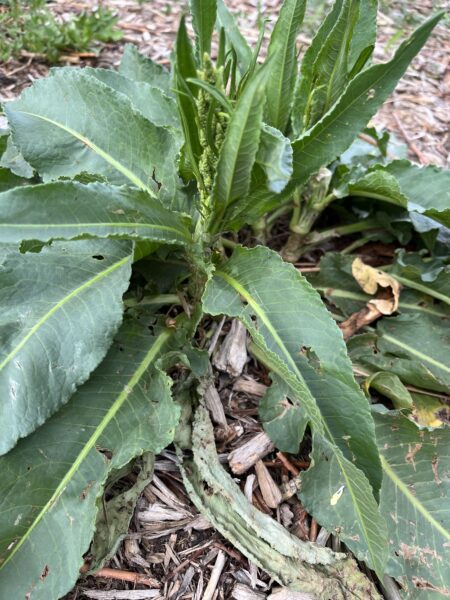
Support Northern Colorado Journalism
Show your support for North Forty News by helping us produce more content. It's a kind and simple gesture that will help us continue to bring more content to you.
BONUS - Donors get a link in their receipt to sign up for our once-per-week instant text messaging alert. Get your e-copy of North Forty News the moment it is released!
Click to Donate
